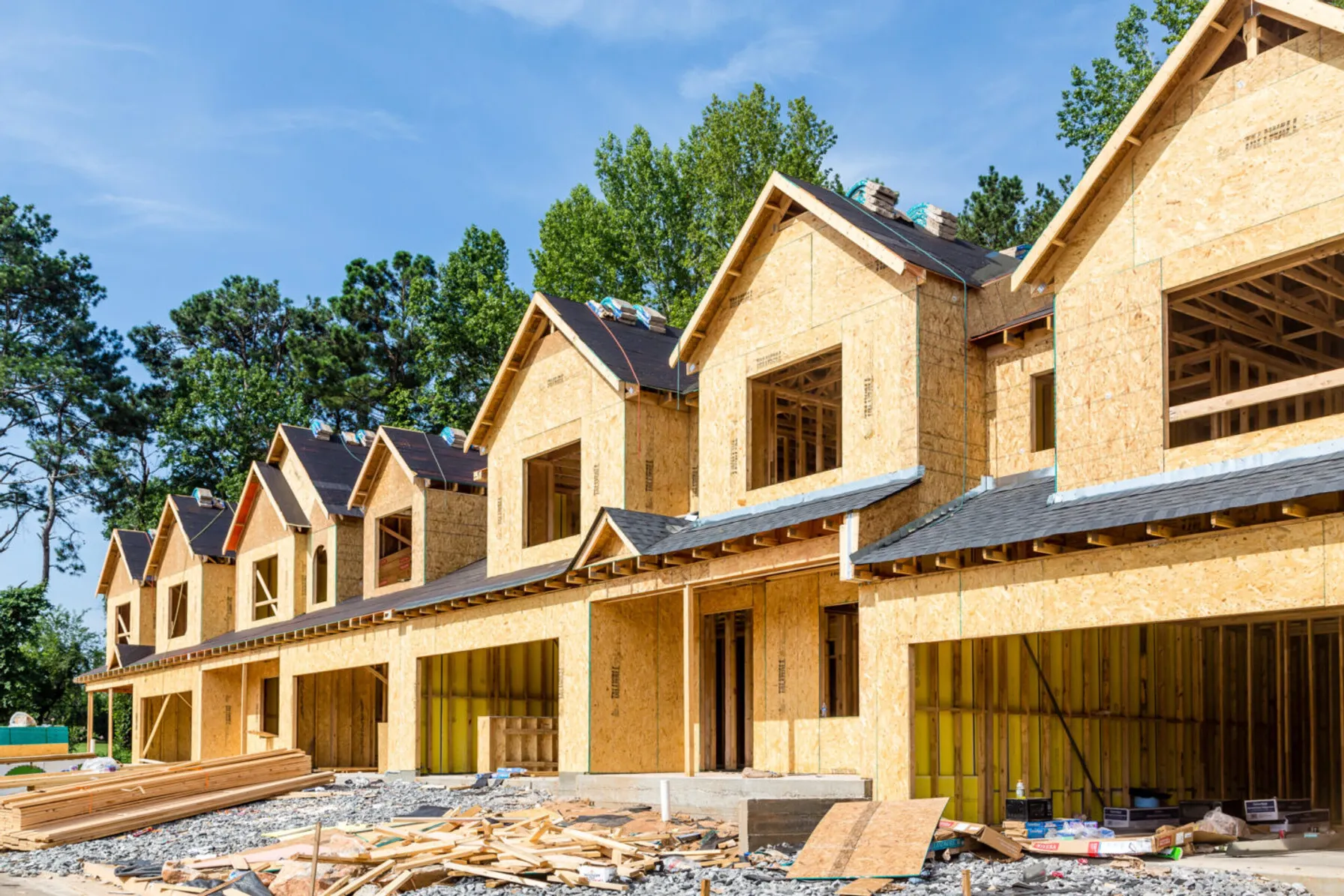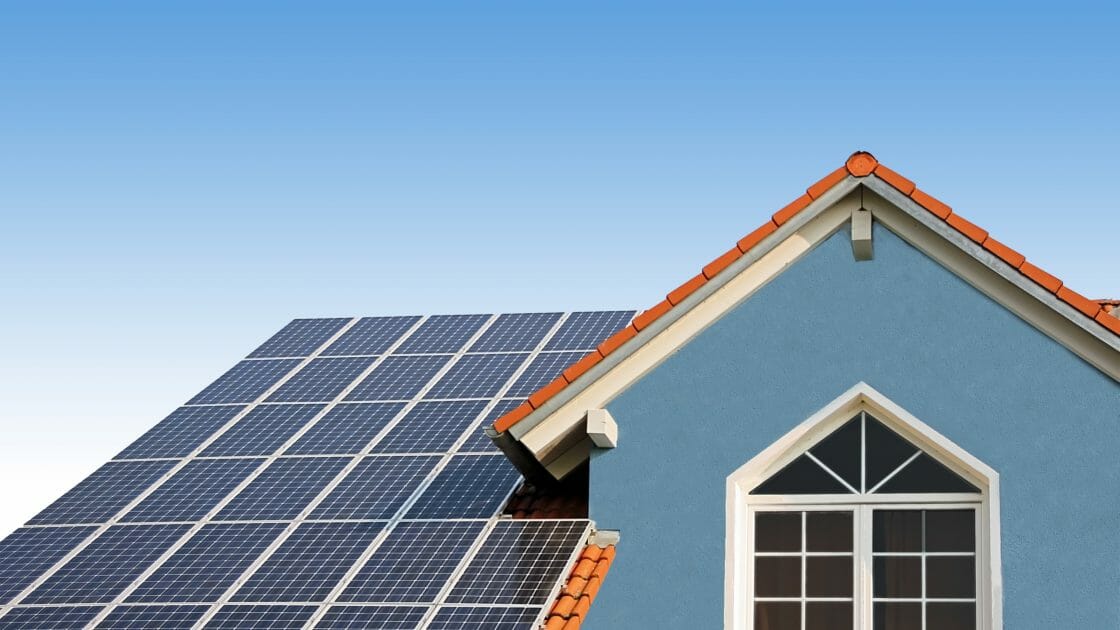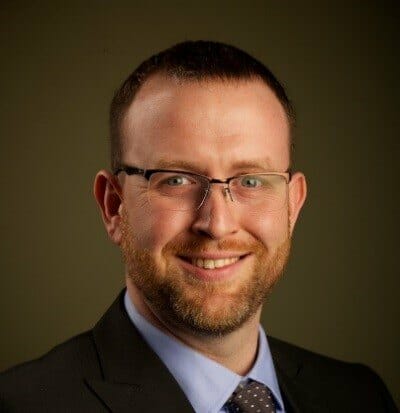As California continues to suffer from the effects of major wildfires, energy providers are offering creative solutions to help communities get back on their feet. The Advanced Energy Rebuild (AER) Program provides financial and technical support to homeowners as they rebuild high-efficiency homes lost in the Sonoma and Mendocino county fires.
While the region may be perceived as affluent, many residents affected by wildfires have been senior citizens and small business owners. The challenges left behind for these individuals spurred community choice energy provider Sonoma Clean Power (SCP) and utility Pacific Gas and Electric (PG&E) to develop the AER program in partnership with TRC, helping rebuild above-code homes, apartments and condos, which deliver strong energy and money savings. It also presents renewable energy, electric vehicle and low-carbon design options for greater environmental benefits.
Participating homeowners are saving on average $650 per year on utility bills. Additionally, greenhouse gas savings from the program are equal to the carbon captured by 400 acres of US forests per year. The program is also providing inspiration to the industry, receiving a Bay Area Metro Award for its innovative, collaborative effort in achieving the resilience goal of rebuilding stronger, greener homes.
Supporting the Community
While California communities address the underlying drivers behind wildfires, TRC is honored to support programs like the AER program that provides much-needed assistance to our friends and neighbors, setting them up for long-term energy success.
Learn more about TRC’s advanced energy program solutions.






